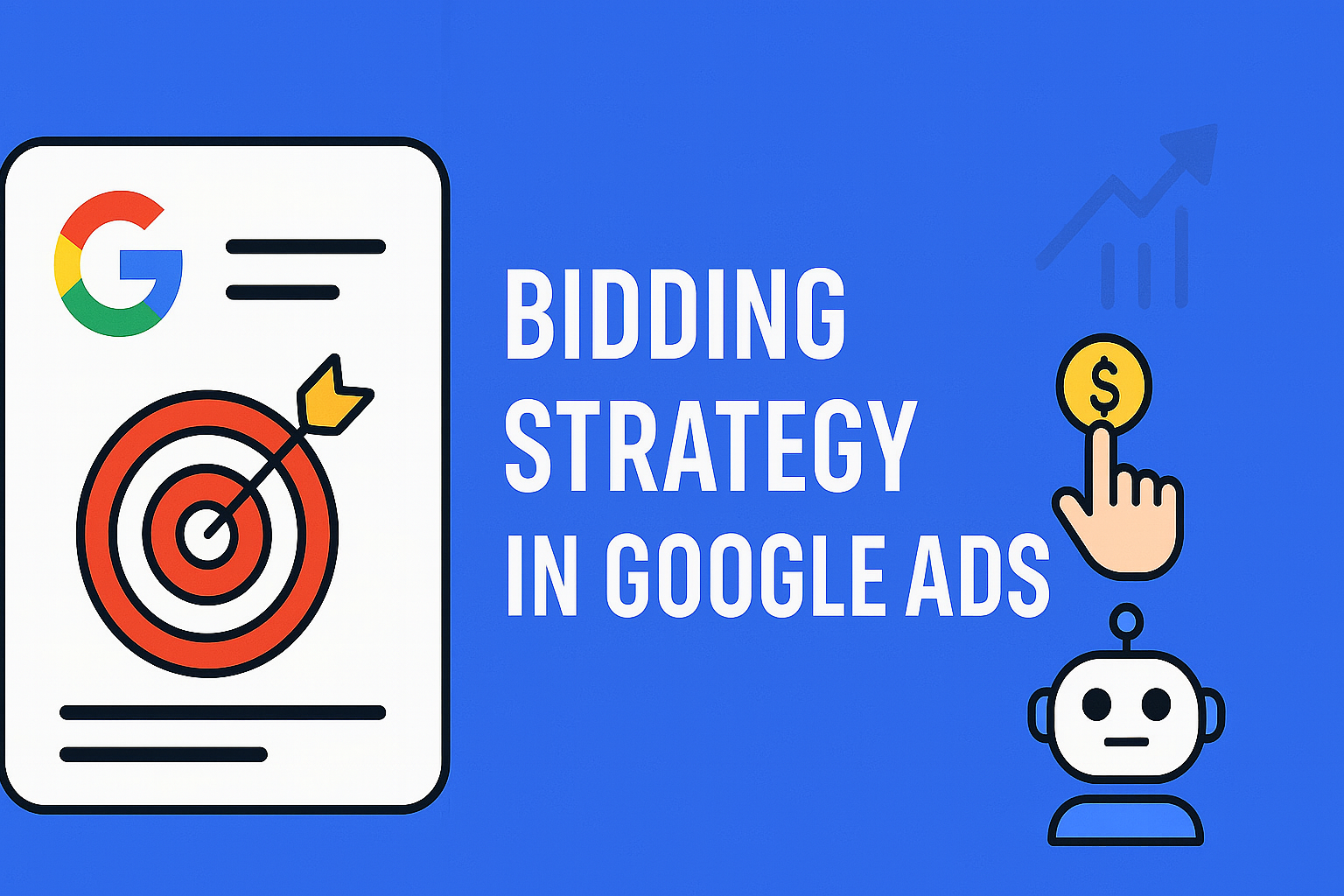SEM Management

The bidding strategy in Google Ads determines which searches your ads will appear for, based on your traffic objective.
Depending on your strategy, Google will show your ads in some searches and not in others — especially if your budget is limited. Choosing the best bidding strategy in each case is key to maximizing your available budget.
Each campaign can use a different strategy, and you can also apply portfolio bidding strategies for campaigns with shared goals.
Two main types of bidding strategies:
💡 You decide the maximum amount you're willing to pay per click.
✔️ Gives you more control.
⚠️ Requires time and expertise from the account manager.
❌ Misses out on Google’s machine learning optimization.
🤖 Google adjusts bids in real-time using data and your campaign objectives.
This approach increases overall efficiency, although you lose control over the exact CPC. The goal is to optimize total account profitability.
➡️ Maximize Clicks – Gets the most clicks possible within your budget. Useful when launching a new account or when there’s little conversion data.
Perfect for large accounts with similar campaigns (e.g. international eCommerce). These strategies use AI to optimize several campaigns together.
Commonly used when there’s CPC inconsistency without conversion improvements.
Track your conversions carefully and assign value to them. Smart Bidding's effectiveness depends on the quality of the data you give Google. Monitor performance regularly and consider adjusting your ROAS or CPA targets based on the metrics you see.
Use tools like Dolnai to identify keyword opportunities or campaigns that might need a different bidding approach.
🎁 Try it free and find out if you're using the right bidding strategy.